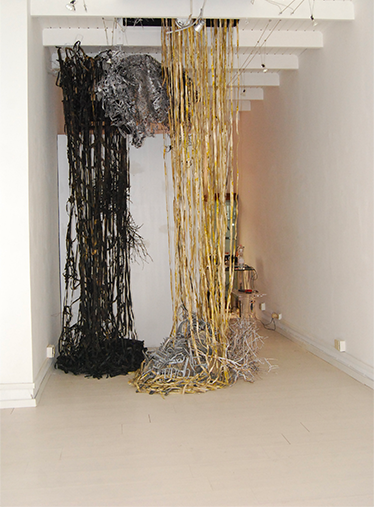In 2005, an exhibition on Cesarina Gualino inaugurates the exhibiting activity of the Cortese & Lisanti gallery, born from the lucky encounter with Massimo Lisanti. The gallery, which was open until 2012, was specialized in post-war art and female art.
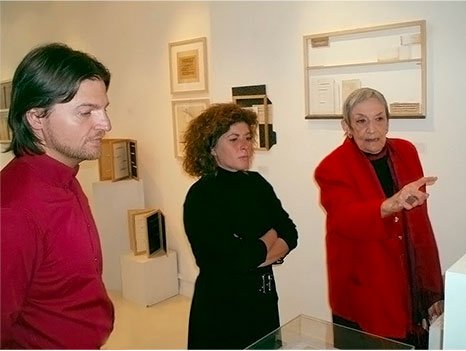
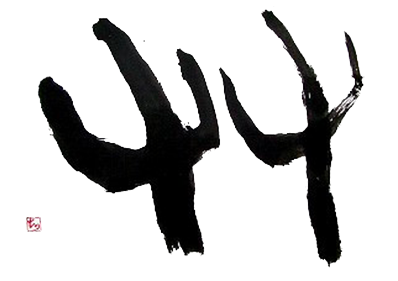
In the following years, Mirella Bentivoglio curates, for the Cortese & Lisanti gallery, some solo exhibitions dedicated to important Italian and international artists, such as Anna Torelli and her “music to see”, bringing musical writing in the verbovisual research, Elisabetta Gut and her Semi e Segni exhibition, presenting delicate works in which nature and culture merge with lyric effects, and again Chima Sunada, an internationally renowned and very active artist in Italy, who conducted research similar to that of Bentivoglio herself but in the field of sho-do, calligraphic Japanese art.
Equally important for the path of the Cortese & Lisanti gallery is the book-object theme, which has had a great success in the Italian art scene starting form the 1960s. And also in this field, Mirella Bentivoglio is one of the maximum exponents, both as an artist and as an “art critic”, capable of codifying her own work and that of others. In 2010 she curated Venti Libristi, one of the exhibitions that most defined the artistic settings of the gallery.
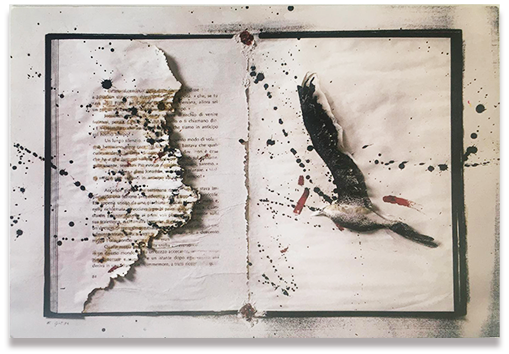
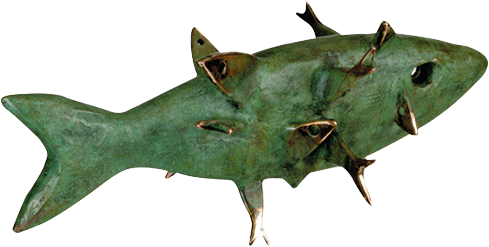
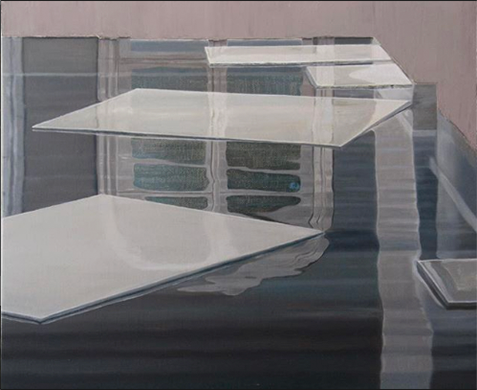
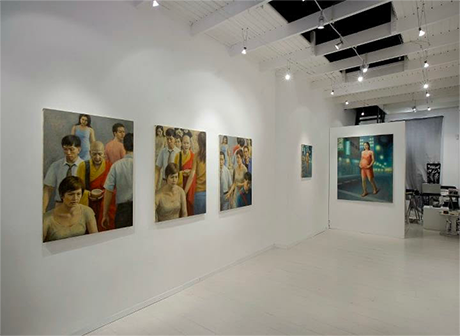
It is in 2006 when they organize the exhibition Women of art, an overview of painting in Rome, from Antonietta Raphael Mafai to Giosetta Fioroni, representing works of 35 artists not attributable to a common area of poetic orientation or experimentation but rather to the Roman cultural matrix. The Women of Art cycle will have two other editions, the one in 2007, presented by Rosanna Ruscio and entitled Ten abstract women from Accardi to Weller and the one in 2008, entitled Freedom.
The meeting with Mirella Bentivoglio marks a fundamental step for the work of the Cortese & Lisanti gallery, which becomes a reference point for artists, but especially for all the conceptual and verbovisual scene artists. Starting from that moment, numerous exhibitions in the gallery have investigated verbovisual art, an art characterized by the converging use of linguistics, iconic and objectual elements. The first exhibition in this context is Pagine Immagine in 2007, which puts together works by Mirella Bentivoglio, Bruno Conte and Emilio Villa.
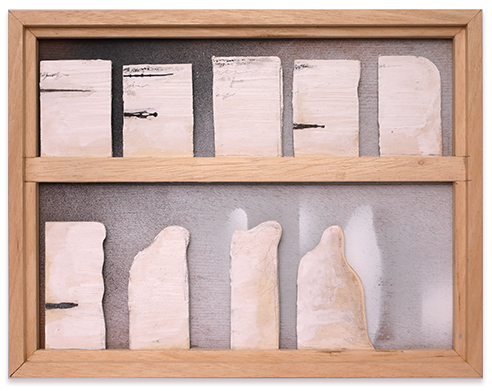
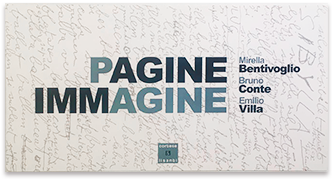
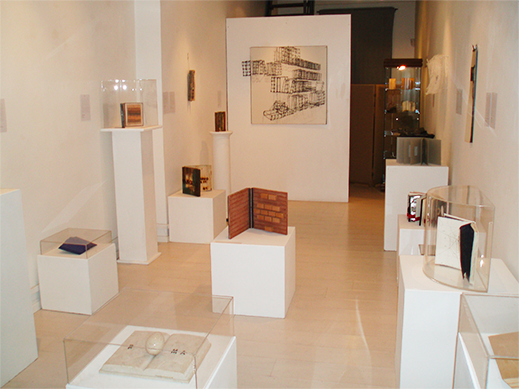
Together with the verbovisual research, the gallery has pursued a figurative trend by bringing together historical artists such as Mario Sironi, Giacomo Balla, Mario Mafai and Gino Severini with emerging artists, like Aurelio Bulzatti, Stefania Fabrizi, Marco Verrelli, Oreste Baldini.
The activity of the Cortese & Lisanti gallery ended symbolically on 11th September 2011, with an exhibition curated by me, entitled Rotte Oltre del Vuoto. On that occasion I had invited the artists Francesco Cervelli, Annalisa Riva and Susanne Kessler to offer their impressions ten years after the attack on the World Trade Center’s Twin Towers.
